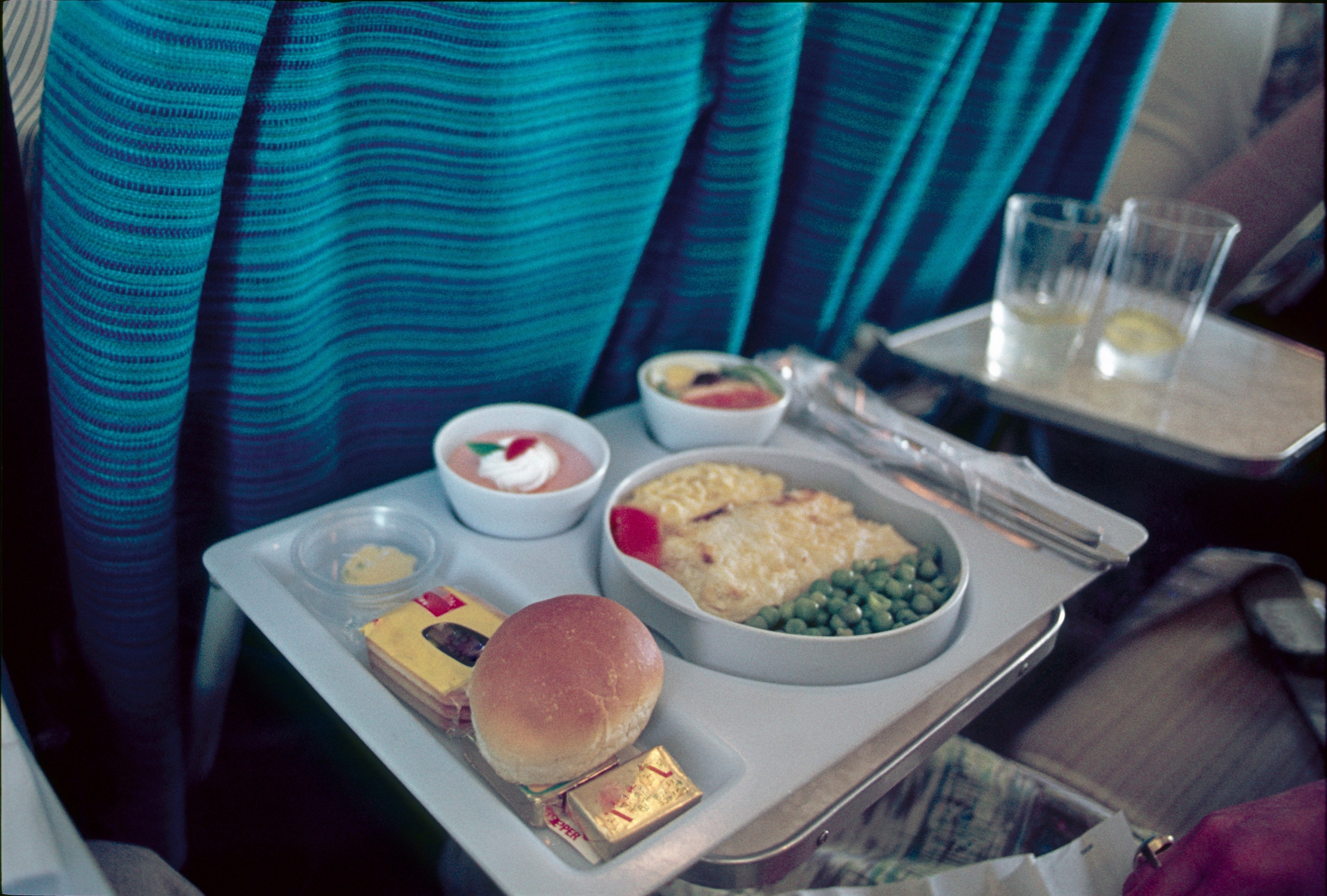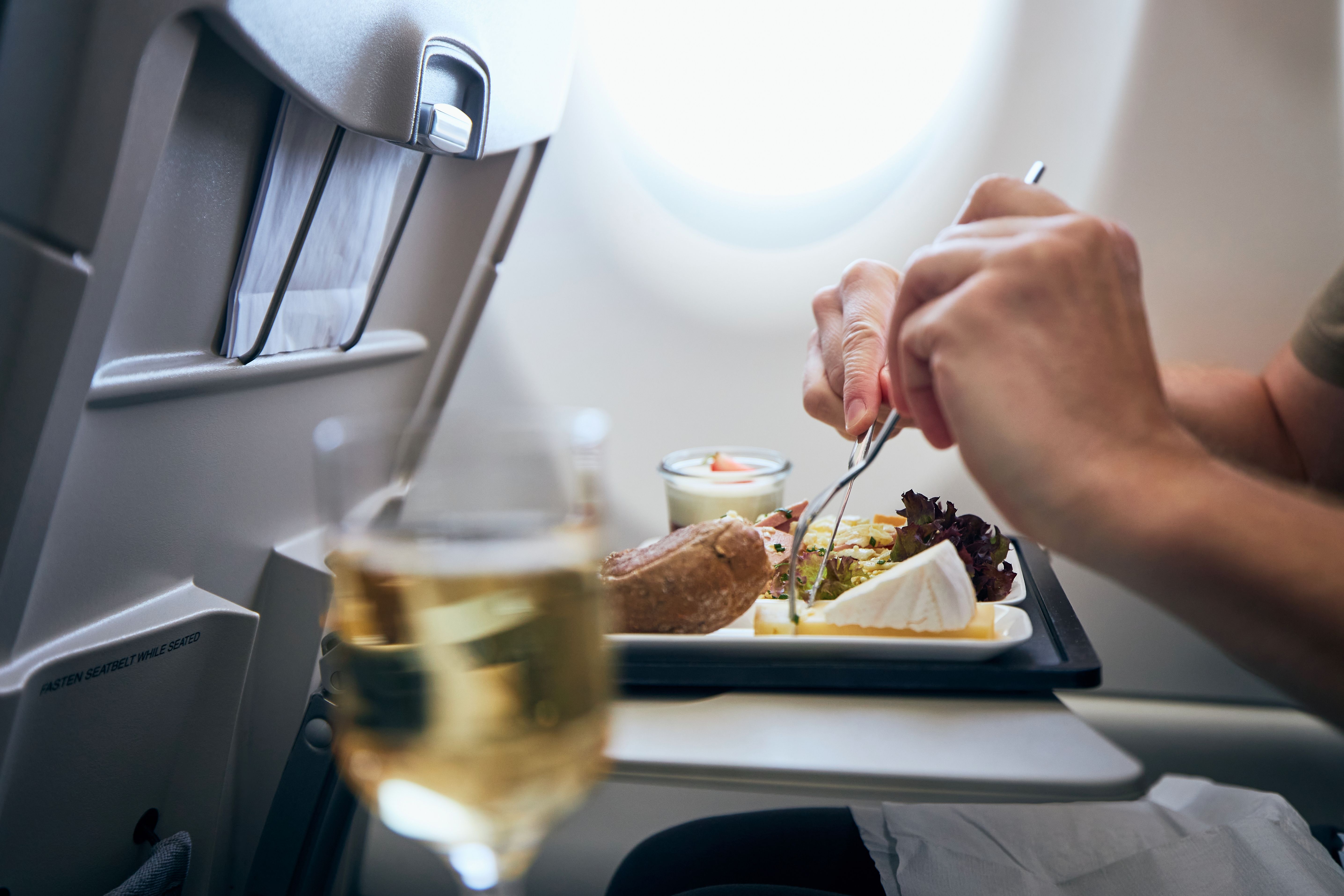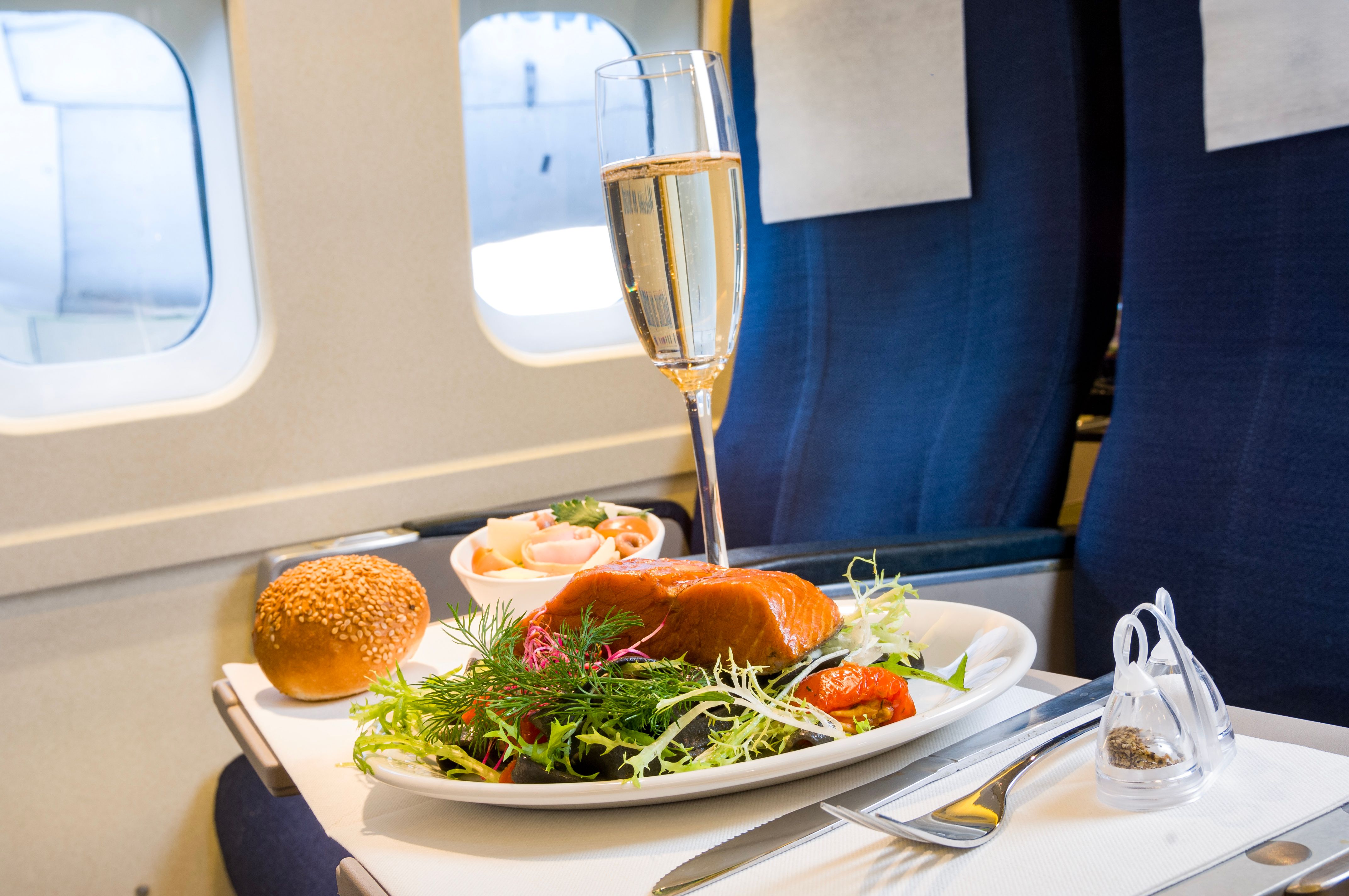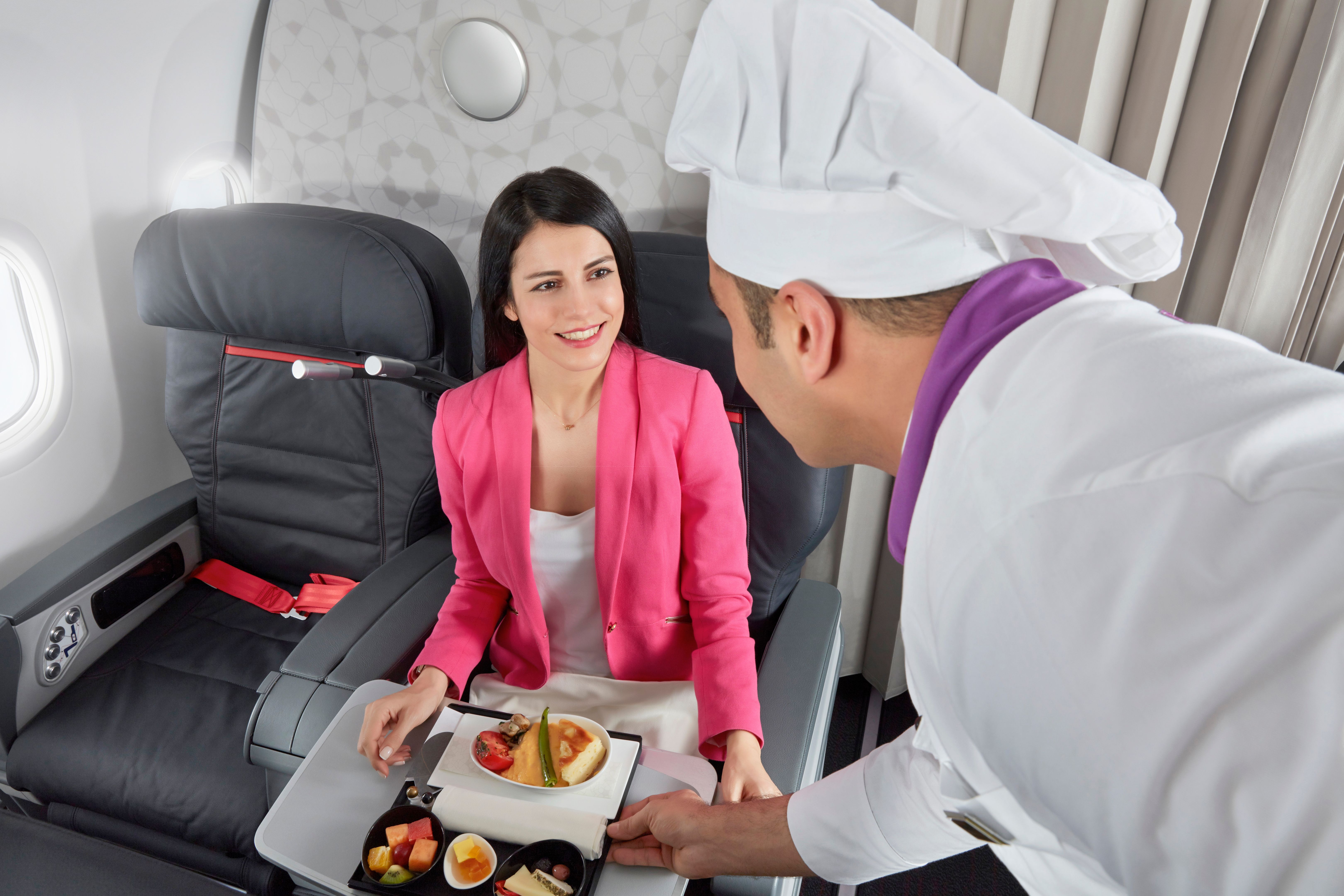The Evolution of Airline Food
The Humble Beginnings of Airline Food
In the early days of air travel, the concept of serving food on a flight was quite novel. Initially, passengers were offered simple snacks like sandwiches and fruit. As flight times increased, so did the demand for more substantial meals. Airlines began to realize that providing quality in-flight dining could significantly enhance the passenger experience, leading to the gradual evolution of airline food.
During the 1950s and 60s, the "Golden Age" of air travel, airlines started to emphasize luxury and comfort. Meals were often prepared fresh on board and were akin to dining in a fine restaurant. This era set a high standard for airline catering that many carriers strive to meet even today.

The Jet Age and Mass Commercialization
With the advent of the jet age and the rise of mass commercial air travel in the 1970s, airlines needed to cater to more passengers while keeping costs manageable. This led to the introduction of pre-packaged meals, which were easier to store and serve on larger aircraft. While convenient, this shift often led to a decline in meal quality, with passengers frequently expressing dissatisfaction.
To address these concerns, airlines began collaborating with renowned chefs and catering companies to improve meal offerings. This partnership helped elevate the standard once again, introducing more variety and quality into in-flight meals.

Modern-Day Innovations in Airline Cuisine
Today, airline food has undergone a significant transformation. Many airlines offer specialized menus catering to dietary preferences such as vegetarian, vegan, gluten-free, and kosher options. In addition, technological advancements have allowed airlines to serve fresher meals with improved taste and presentation.
Some airlines even feature gourmet meals created by celebrity chefs, adding a touch of luxury to the flying experience. These innovations demonstrate a commitment to enhancing passenger satisfaction by providing high-quality dining options that cater to diverse tastes.

The Role of Sustainability
As environmental awareness grows, airlines are increasingly focusing on sustainability in their food offerings. Many are reducing waste by serving meals in biodegradable packaging and sourcing ingredients from local suppliers to minimize their carbon footprint. This shift not only benefits the environment but also supports local economies.
Furthermore, airlines are exploring ways to reduce food waste by utilizing data analytics to predict meal demand more accurately and adjust portion sizes accordingly. These efforts reflect a broader industry trend towards more sustainable practices.
The Future of In-Flight Dining
The future of airline food looks promising as technology and innovation continue to drive improvements. Airlines are experimenting with virtual reality menus and personalized meal options based on passenger preferences collected through data analytics.
As passenger expectations evolve, airlines are poised to adapt by offering more customizable and high-quality dining experiences. The focus is on creating memorable meals that enhance the overall journey.

Conclusion: A Journey Worth Savoring
The evolution of airline food reflects broader changes in the aviation industry, mirroring advancements in technology, sustainability, and consumer preferences. From humble beginnings to gourmet experiences at 30,000 feet, airline food has come a long way.
As airlines continue to innovate and adapt, passengers can look forward to enjoying meals that are not only delicious but also thoughtfully curated to enhance their travel experience. The journey of airline cuisine is far from over, promising exciting developments ahead.
Commercial Kitchen http://avice.org
